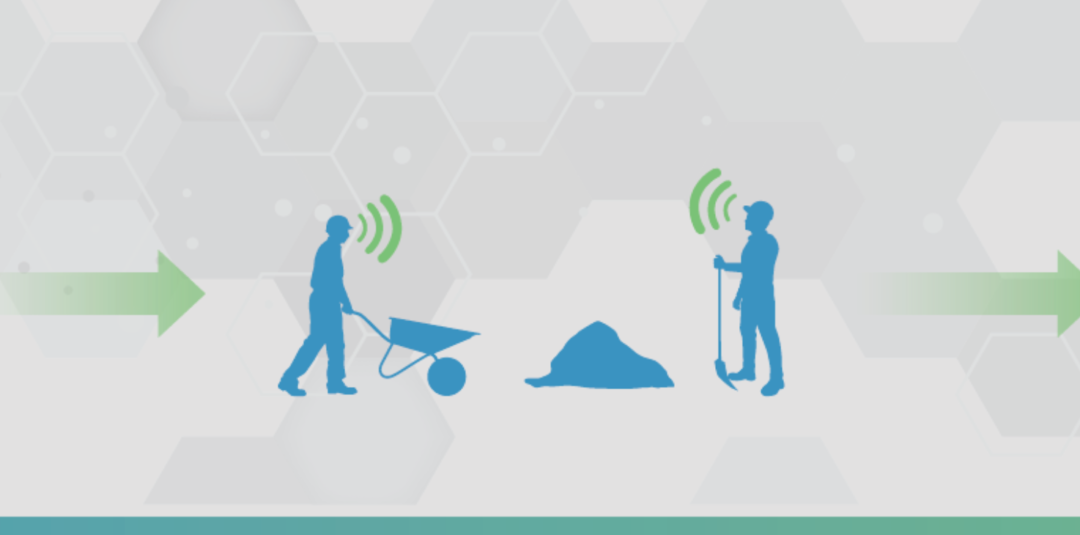Transportation and logistics firms ponder Covid-19 reopening plans
Strategies for running a business in the “next normal” could include safety and testing protocols, remote sensors, worker contact tracing.

Logistics and transportation operations will be following new business rules when the nation’s economy restarts after extended Covid-19 shutdown conditions, according to supply chain experts who are laying plans to balance safety and profitability once the plague passes.
Experts disagree on the best timing to safely reopen schools, stores, and restaurants, with President Trump pushing some states to reopen by this Friday, even as a recent paper from Harvard University researchers says “prolonged or intermittent social distancing may be necessary into 2022,” as laboratories continue their search for a vaccine.
Whenever manufacturing and distribution gears up again after the recession triggered by the global pandemic, employers will have to apply policies to avoid crowds, increase cleaning, and identify sick workers.
“Restarting the economy will need to be done with new layers of safety and testing protocols in place throughout an already complex supply chain, from the lowest to highest tiers and throughout the logistics and warehousing components, not just for new builds, but also for the aftermarket side of the business,” Kenny Vieth, president and senior analyst for the market analysis firm ACT Research Co., said in a release. “It is one thing for the automotive/commercial/off-road industries to get supply chains up and running, it is another entirely to get buyers to market when the economy has so recently cratered and going outside poses an existential risk.”
Restarting the economy and business operations requires more than just reopening store doors, agreed Jim Tompkins, the founder and chairman of supply chain consulting and solutions firm Tompkins International.
Business leaders today face unprecedented levels of VUCA, a U.S. Army term for post-Cold War chaos marked by volatility, uncertainty, complexity, and ambiguity (VUCA), Tompkins said in a white paper titled “Restarting the Economy: Guidance for Public and Private Leaders.” Under those conditions, policy makers cannot safely reopen public markets before they apply battlefield triage practices to determine whether certain business sectors must be saved, paused, or even closed, he said.
“While we would all like to believe we can go back to the way things were and resume ‘business as usual,’ it’s not that simple,” Tompkins said in a release. “The Covid-19 pandemic has fundamentally changed life as we know it, and businesses—and the government—need to be prepared for what will become the ‘next normal.’”
That “next normal” may include an array of strategies that change typical working conditions both for employees inside the warehouse and for drivers behind the wheel of highway trucks.
On the road, supply chain and logistics leaders should implement four technology initiatives to improve the safety of transportation workers during the Covid-19 pandemic and beyond, according to market research firm Gartner Inc. They include:
- use telematics and safety solutions in fleets to ensure driver safety and reduce costs,
- employ vehicle routing and scheduling solutions to reroute shipments and redeploy assets in real time,
- implement virtual practices to help with social distancing and to enable more efficient interactions, and
- apply trailer and product sensors to monitor and locate critical items moving through the supply chain.
“As capacity continues to tighten and there are fewer drivers on the road, it’s a requirement to keep them safe,” Carly West, director analyst with the Gartner Supply Chain Practice, said in a release. “While safety is especially important now, it should be a key issue for logistics leaders at all times. Fortunately, there are a variety of technologies available that increase driver safety and also help run more efficient operations now and in the world after Covid-19.”
Meanwhile, workers in DCs may soon see new tools used to support protective measures for employees, both during the Covid-19 pandemic and for reopening in the future.
One example is an automated reporting capability for employee contact tracing, launching Tuesday by Kronos Inc., a Lowell, Massachusetts-based vendor of cloud-based workforce management software. Businesses can use employee contact-tracing strategies to identify any employees potentially exposed to Covid-19 in the workplace by analyzing labor records and attendance data, the company said. That capability could help support both the essential businesses that need to operate during coronavirus shutdowns and also the non-essential businesses planning to re-open post-pandemic, Kronos said.
Another approach to improving worker protection during the Covid-19 pandemic and beyond was announced April 15 by Triax Technologies Inc., a provider of Internet of Things (IoT) worksite technology. According to Triax, its “Proximity Trace” IoT system provides distancing alerts and contact tracing through a wearable device for workers across the construction, heavy industrial, energy, and manufacturing sectors.
Workers wear the Triax devices on a lanyard or clipped to their hard hats, so they can hear a progressively louder alarm when they are too close to each other. The device guards against potential exposure to the virus by monitoring proximity to other workers, reminding workers to practice safe social distancing. And if a worker is diagnosed with Covid-19, employers can study the data captured by those devices to conduct contact tracing and identify who may have been exposed, the company said.
“In talking with our customers, we recognized a critical industry need to keep workers safe from Covid-19 exposure on the worksite, so we quickly got to work developing a solution,” Triax CEO Robert Costantini said in a release. “Our solution is designed to ease the burden on workers to maintain appropriate distances as part of new safety practices that very well could become the next normal.”
- To see further coverage of the coronavirus crisis and how it's affecting the logistics industry, check out our Covid-19 landing page.
- And click here for our compilation of virus-focused websites and resource pages from around the supply chain sector.
Related Articles

Copyright ©2024. All Rights ReservedDesign, CMS, Hosting & Web Development :: ePublishing